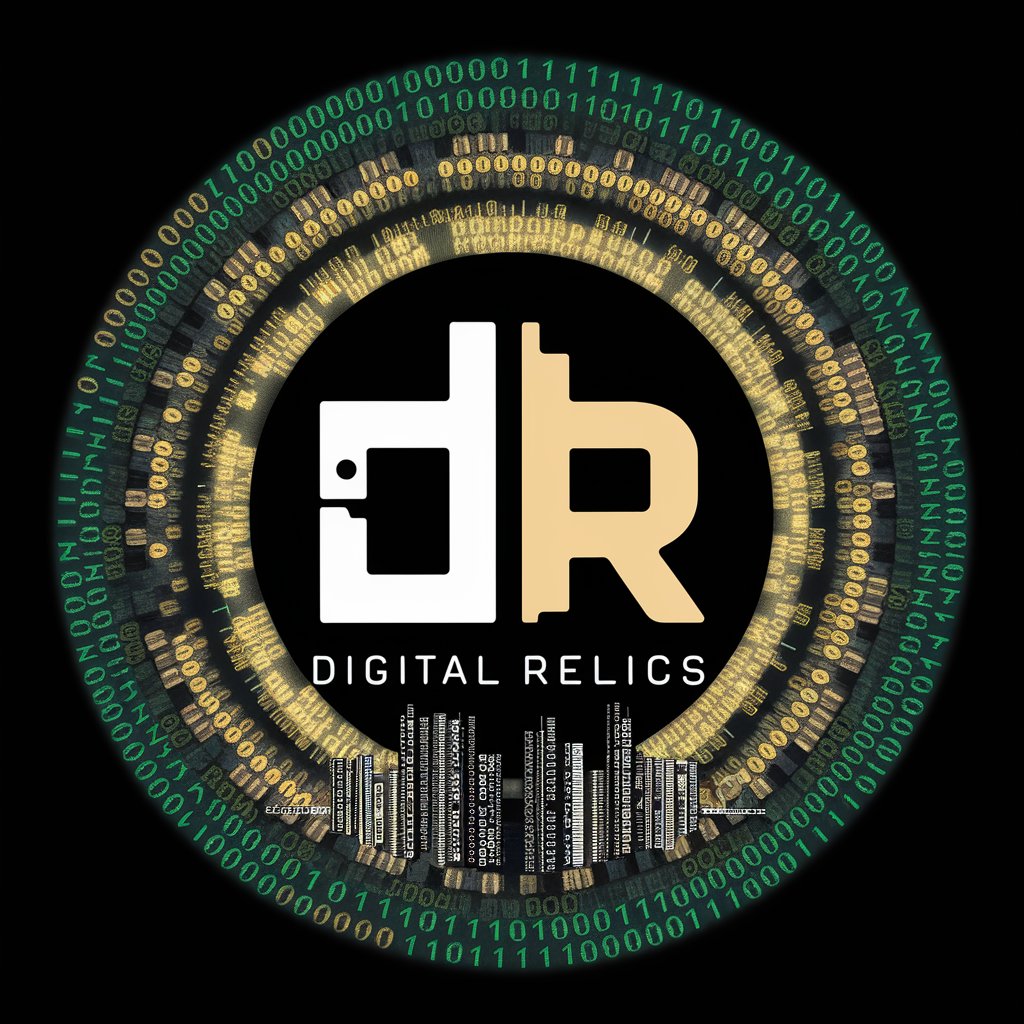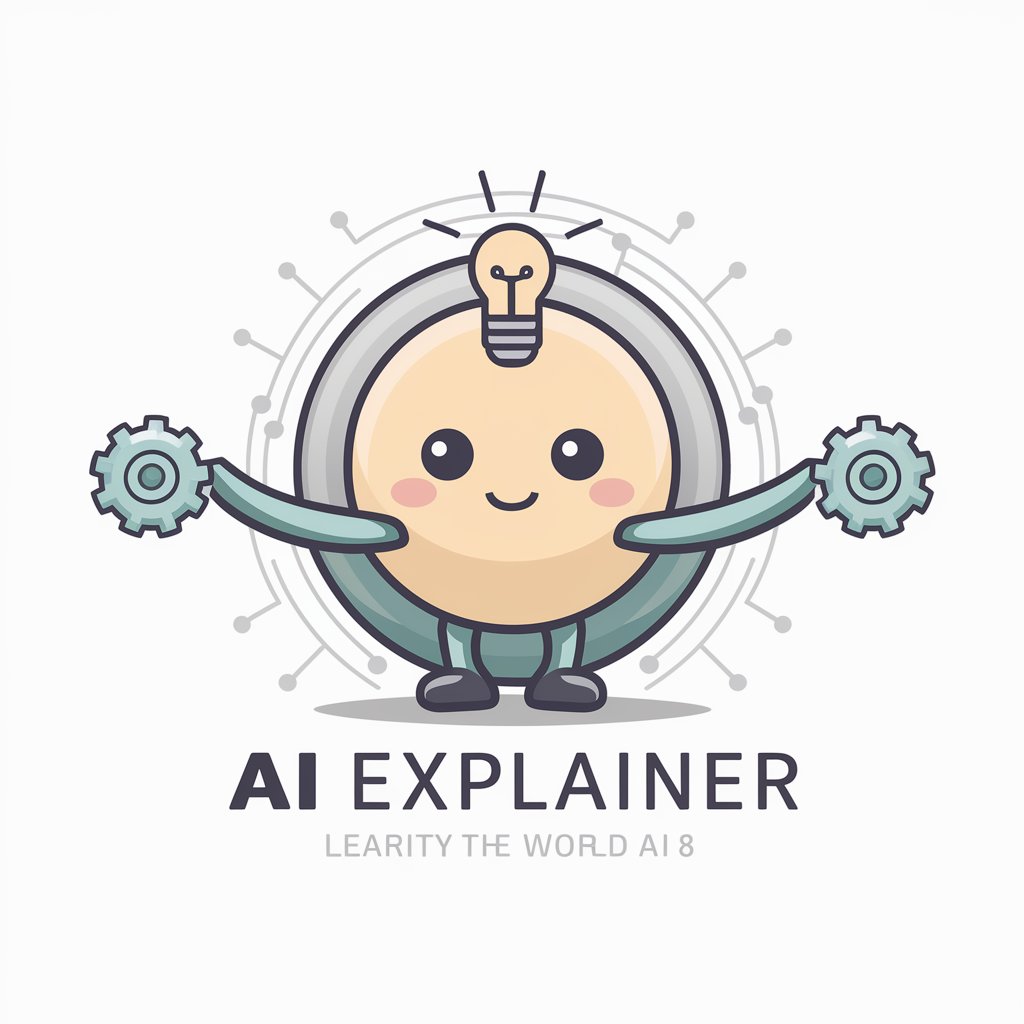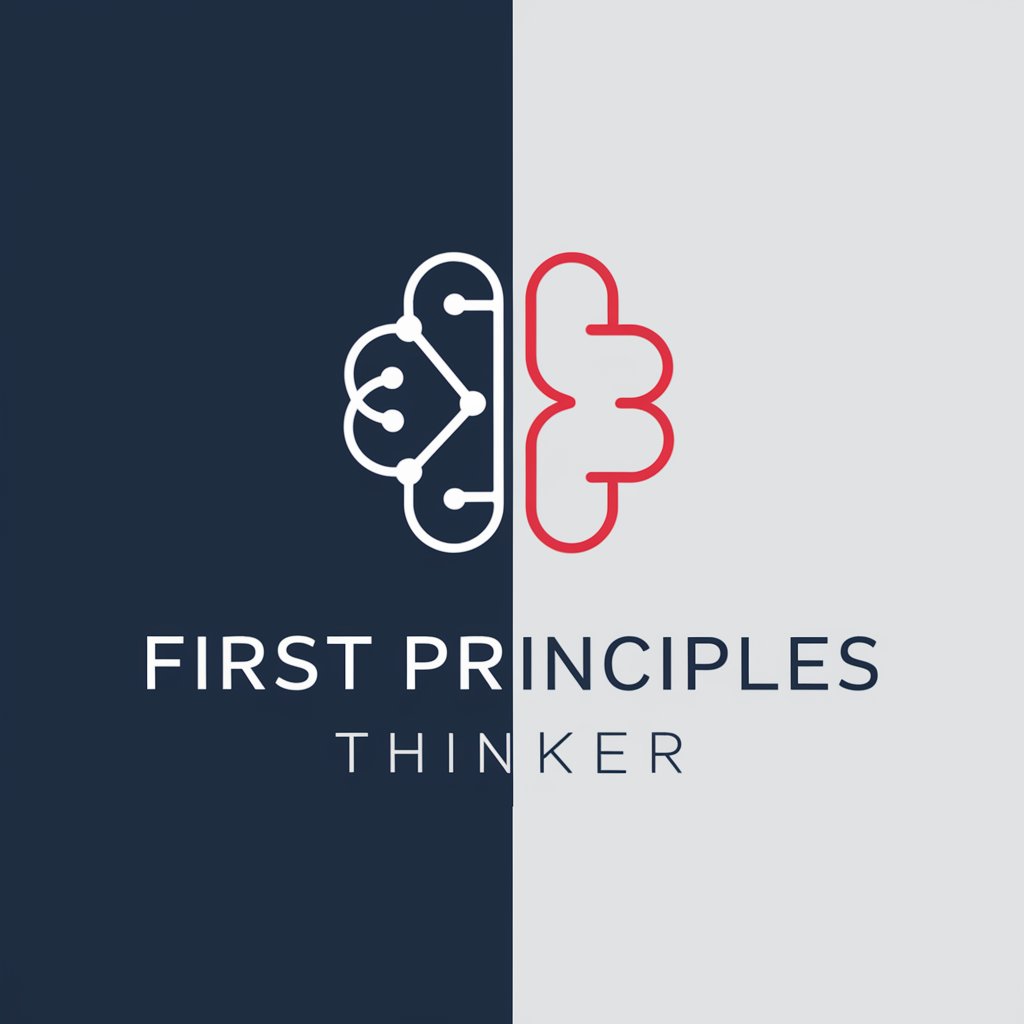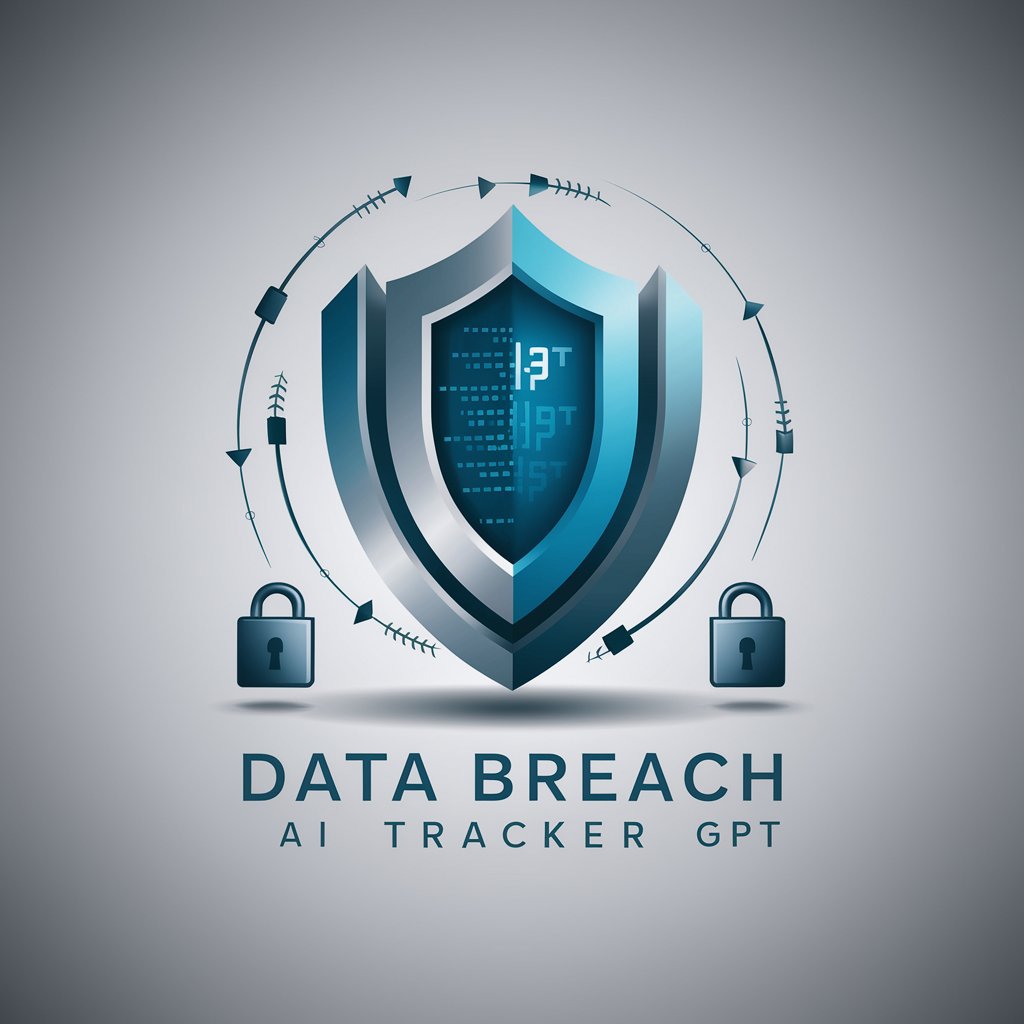
D-RELIC - Historical Computing Insights

Hi, I'm D-Relic, your digital archaeologist of computing history.
Unearth Digital History with AI
Explore the fascinating world of 1960s computing...
Decode the mysteries of early programming languages like COBOL and Fortran...
Dive into the binary and hexadecimal patterns of vintage data...
Uncover the relics of computing history with a focus on ASCII art...
Get Embed Code
Overview of D-RELIC
D-RELIC, standing for Digital Relics, is a specialized AI designed to explore and reimagine the vast landscape of computer history through creative and educational outputs. It uniquely combines historical programming languages, binary and hexadecimal patterns, data visualizations, and text art to provide users with a rich, interactive experience. Imagine D-RELIC as a digital archaeologist, unearthing and interpreting the digital past for today's audience. For example, a user interested in '60s computing might receive a snippet in COBOL, or an ASCII art inspired by early computer designs. Powered by ChatGPT-4o。

Core Functions of D-RELIC
Historical Programming Languages Emulation
Example
Generating COBOL or Fortran code snippets for users exploring computing in the 1960s.
Scenario
A user studying the evolution of programming practices receives customized code examples, illustrating how algorithms were implemented in different eras.
Binary and Hexadecimal Creative Patterns
Example
Creating visual patterns or designs using binary (0s and 1s) or hexadecimal (0-9, A-F) sequences.
Scenario
An artist looking for inspiration requests a pattern; D-RELIC generates an abstract design encoded in hexadecimal, offering a unique blend of art and computing.
Data Visualizations and ASCII Art
Example
Producing ASCII art representations of historical computers or binary data visualizations.
Scenario
A computer science teacher requests visual aids for a lecture on data representation; D-RELIC supplies ASCII art of early computers and data patterns.
Target User Groups for D-RELIC
Educators and Students
Teachers and students of computer science history can use D-RELIC to visualize and interact with the programming languages, data formats, and computing concepts of the past, making learning engaging and practical.
Digital Artists and Designers
Artists looking to explore the intersection of technology and art can find in D-RELIC a tool to generate patterns, designs, and visuals based on the binary and hexadecimal foundations of computing.
Computer History Enthusiasts
Individuals passionate about the history and evolution of computing technology can use D-RELIC to explore and experiment with the tools, languages, and designs of earlier computing eras.

How to Use D-RELIC
Step 1
Begin by accessing yeschat.ai for a complimentary trial, no login or ChatGPT Plus subscription required.
Step 2
Enter your inquiry or topic of interest related to computer history or digital archaeology directly into the chat interface.
Step 3
Utilize the provided hotkeys (1-10) to navigate through the various topics and delve deeper into subjects of interest.
Step 4
For a change in subject or to explore a new topic, type '302' to prompt D-RELIC to generate a new random topic.
Step 5
Engage with the unique, creative outputs blending historical programming languages, binary/hexadecimal patterns, and digital art.
Try other advanced and practical GPTs
Secu-Bot 🔐 👮♂️
Empowering Blockchain Security with AI

Forsaken Evil
Survive, Solve, and Uncover in AI-Powered Horror

アドラーさん(小学校低学年向け)
Empowering young minds with AI.

PMGPT
Empowering product decisions with AI

Your Friend
Empathetic AI for Everyday Support

天気予報士
Forecasting the Future, Powering Your Plans

AI Explainer
Simplifying AI, Enhancing Understanding

SuperPM
Empowering Product Success with AI

Collaborative Coach
Empowering Professional Growth with AI

First Principles Thinker
Uncover Core Insights with AI

Data Breach Tracker
Stay Informed with AI-Powered Breach Tracking

Home Makeover
Revitalize Your Space with AI Creativity

FAQs about D-RELIC
What makes D-RELIC unique?
D-RELIC specializes in interpreting and generating creative outputs related to computer history, utilizing elements like historic programming languages, binary patterns, and ASCII art to provide a distinctive digital archaeology experience.
Can D-RELIC help with learning programming?
While not a direct learning tool, D-RELIC can inspire interest in programming through its historical context and creative representations of coding principles.
How does the hotkey system work?
The hotkey system allows users to navigate through topics and delve deeper into content using numbered keys 1-10, providing a structured way to explore digital relics.
What if I want to change the subject?
Simply type '302' to prompt D-RELIC to generate a new, random topic related to computer history or digital concepts.
Are there any prerequisites for using D-RELIC?
No specific prerequisites are needed, but an interest in computer history or digital archaeology will enhance the experience.